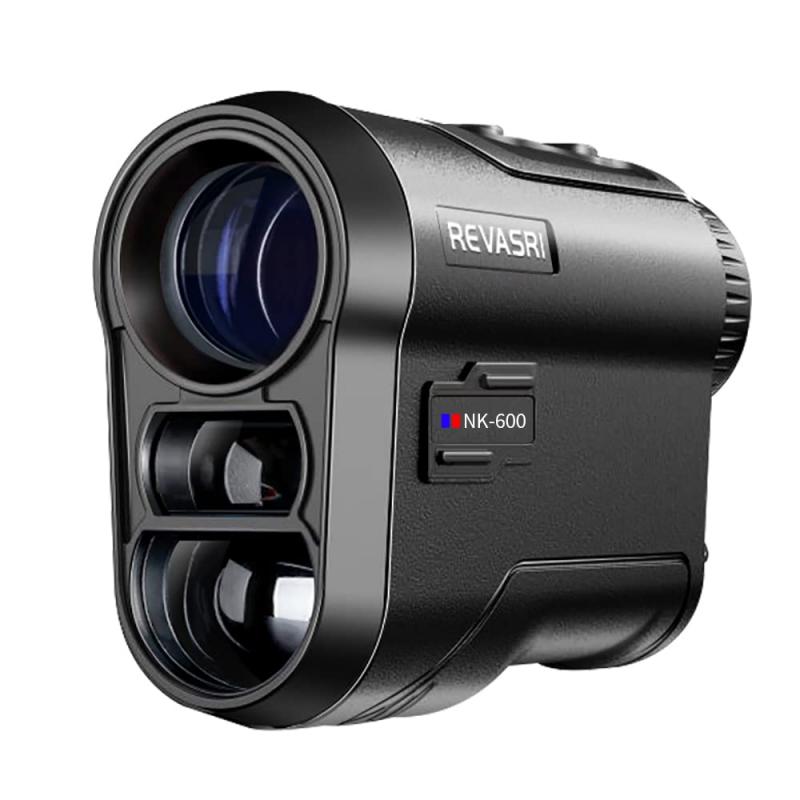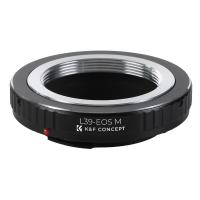How To Improve Telescope Resolution ?
There are several ways to improve telescope resolution. One approach is to increase the size of the telescope's primary mirror or lens. This allows more light to be collected, resulting in a brighter and sharper image. Another method is to use adaptive optics, which compensates for the distortion caused by Earth's atmosphere. By rapidly adjusting the shape of the telescope's mirror, adaptive optics can correct for atmospheric turbulence and improve resolution. Additionally, using higher quality optics and reducing optical aberrations can enhance resolution. Finally, utilizing advanced image processing techniques can further enhance the resolution of telescope images by reducing noise and improving clarity.
1、 Aperture size and light-gathering power
To improve telescope resolution, one of the most crucial factors to consider is the aperture size and light-gathering power. The aperture size refers to the diameter of the telescope's primary mirror or lens, while the light-gathering power determines the amount of light the telescope can collect.
Increasing the aperture size allows more light to enter the telescope, resulting in a brighter and sharper image. This is because a larger aperture can capture more details and finer features of celestial objects. By collecting more light, the telescope can also enhance its ability to detect faint objects or observe distant targets.
Advancements in technology have led to the development of larger and more powerful telescopes. For instance, the James Webb Space Telescope, set to launch in 2021, will have a primary mirror with a diameter of 6.5 meters, significantly larger than any previous space telescope. This increase in aperture size will enable the telescope to observe the universe with unprecedented clarity and resolution.
However, it is important to note that simply increasing the aperture size is not the only solution to improving telescope resolution. Other factors, such as the quality of the optics, the stability of the telescope mount, and the atmospheric conditions, also play a significant role. For example, adaptive optics systems can compensate for the blurring effects of Earth's atmosphere, allowing telescopes to achieve even higher resolution.
In conclusion, to improve telescope resolution, increasing the aperture size and light-gathering power is crucial. However, it is essential to consider other factors and advancements in technology, such as adaptive optics, to further enhance the resolution capabilities of telescopes.

2、 Optical quality and precision of the telescope's components
To improve telescope resolution, one of the key factors to consider is the optical quality and precision of the telescope's components. This includes the lenses or mirrors used in the telescope's optical system.
One way to enhance the optical quality is by using high-quality materials for the lenses or mirrors. Advances in materials science have led to the development of new materials with improved optical properties, such as low dispersion and high transmittance. These materials can help reduce chromatic aberration and increase light transmission, resulting in sharper and clearer images.
Additionally, the precision of the telescope's components plays a crucial role in improving resolution. This involves the manufacturing and alignment of the lenses or mirrors. Modern manufacturing techniques, such as computer-controlled polishing and diamond turning, allow for greater precision in shaping the optical surfaces. This precision helps minimize surface irregularities and distortions, leading to improved image quality.
Furthermore, advancements in metrology and testing methods have enabled more accurate measurement and characterization of the telescope's components. This allows for better quality control during the manufacturing process, ensuring that the components meet the desired specifications.
In recent years, there have been significant advancements in adaptive optics technology, which can further enhance telescope resolution. Adaptive optics systems use deformable mirrors and real-time wavefront measurements to correct for atmospheric distortions. This technology has revolutionized ground-based astronomy by compensating for the blurring effects of the Earth's atmosphere, resulting in sharper images.
In conclusion, improving telescope resolution involves focusing on the optical quality and precision of the telescope's components. By utilizing high-quality materials, precise manufacturing techniques, and advanced testing methods, along with the incorporation of adaptive optics technology, astronomers can continue to push the boundaries of our understanding of the universe.

3、 Reducing atmospheric disturbances through adaptive optics
One way to improve telescope resolution is by reducing atmospheric disturbances through the use of adaptive optics. Adaptive optics is a technique that compensates for the effects of atmospheric turbulence, which can cause blurring and distortion of astronomical images.
Atmospheric turbulence occurs when light passes through different layers of the Earth's atmosphere, causing the light waves to become distorted. This distortion limits the resolution of telescopes and hinders the ability to observe fine details in celestial objects.
Adaptive optics systems work by measuring the distortions in the incoming light caused by the atmosphere and then rapidly adjusting the shape of a deformable mirror in the telescope to correct for these distortions. This real-time correction allows for sharper and more detailed images.
The latest advancements in adaptive optics technology include the use of multiple guide stars for more accurate measurements of atmospheric turbulence. By using multiple guide stars, astronomers can obtain a more complete picture of the atmospheric conditions and make more precise corrections.
Another recent development is the use of artificial intelligence (AI) algorithms in adaptive optics systems. AI algorithms can analyze the data from the guide stars and make predictions about the atmospheric conditions, allowing for even more precise corrections. This combination of adaptive optics and AI has the potential to greatly enhance telescope resolution and improve our understanding of the universe.
In conclusion, reducing atmospheric disturbances through adaptive optics is a promising approach to improving telescope resolution. The latest advancements in this field, such as the use of multiple guide stars and AI algorithms, offer exciting possibilities for further enhancing the capabilities of telescopes and advancing our knowledge of the cosmos.

4、 Using advanced image processing techniques
To improve telescope resolution, one effective approach is to utilize advanced image processing techniques. These techniques involve enhancing the quality and clarity of the images captured by the telescope, allowing for a more detailed and accurate view of celestial objects.
One such technique is adaptive optics, which compensates for the distortion caused by Earth's atmosphere. By using a deformable mirror and a wavefront sensor, adaptive optics can correct for atmospheric turbulence, resulting in sharper and clearer images. This technology has significantly improved the resolution of ground-based telescopes, allowing astronomers to observe objects with greater precision.
Another technique is super-resolution imaging, which combines multiple images of the same object to create a higher-resolution composite image. This method utilizes algorithms to align and merge the images, effectively increasing the level of detail and resolution. Super-resolution imaging has been successfully applied to telescopes, enabling astronomers to study fine structures and features that were previously indistinguishable.
Furthermore, advancements in computational photography and machine learning have also contributed to improving telescope resolution. These techniques involve sophisticated algorithms that can enhance image quality, reduce noise, and extract more information from the captured data. By leveraging the power of artificial intelligence, astronomers can now process telescope images more effectively, leading to improved resolution and a deeper understanding of the cosmos.
It is worth noting that the latest point of view in improving telescope resolution involves the use of interferometry. Interferometric techniques combine the signals from multiple telescopes, effectively creating a virtual telescope with a much larger aperture. This allows for even higher resolution and the ability to observe finer details in celestial objects. Interferometry has been successfully employed in projects such as the Event Horizon Telescope, which captured the first-ever image of a black hole.
In conclusion, by utilizing advanced image processing techniques such as adaptive optics, super-resolution imaging, computational photography, machine learning, and interferometry, astronomers can significantly improve telescope resolution. These advancements have revolutionized our ability to explore and understand the universe, providing us with unprecedented views of distant galaxies, stars, and other celestial phenomena.































There are no comments for this blog.